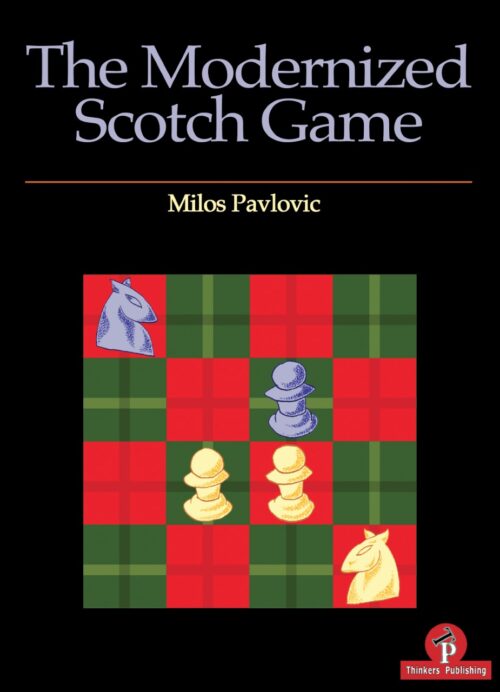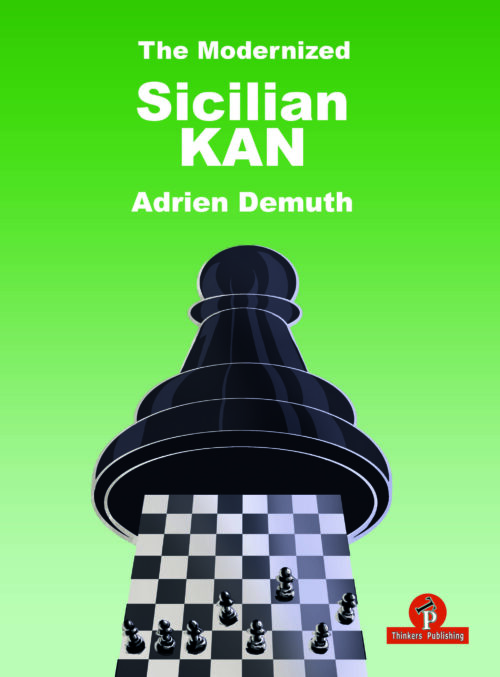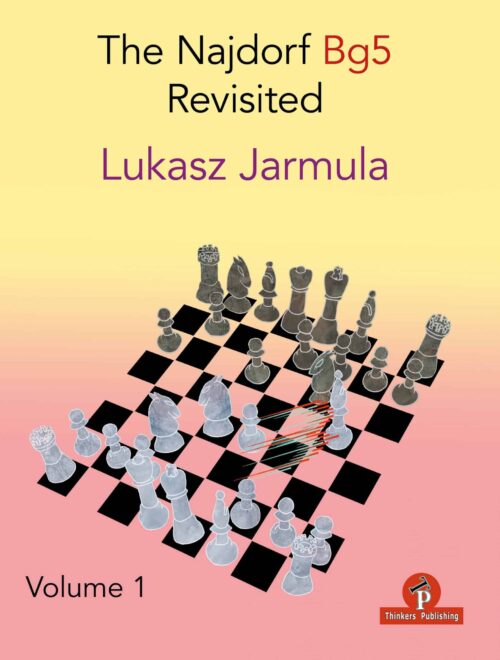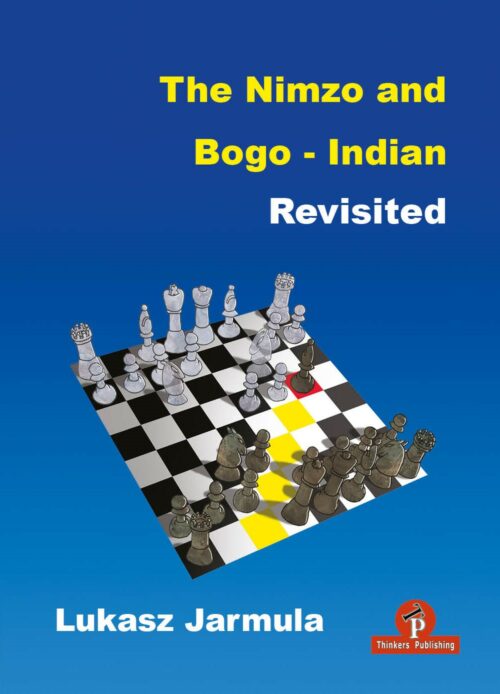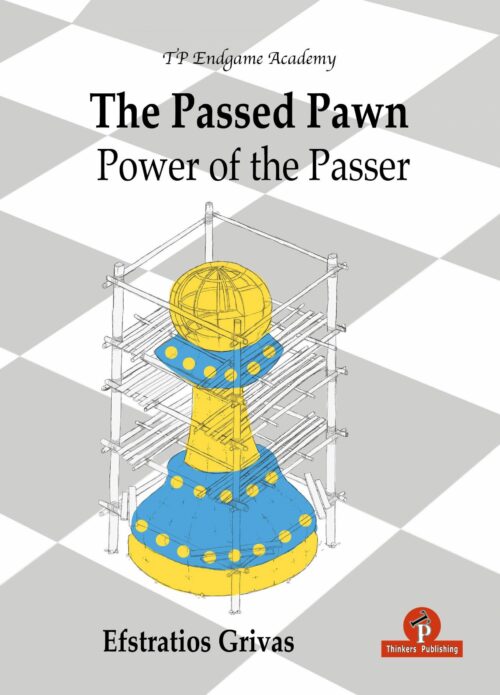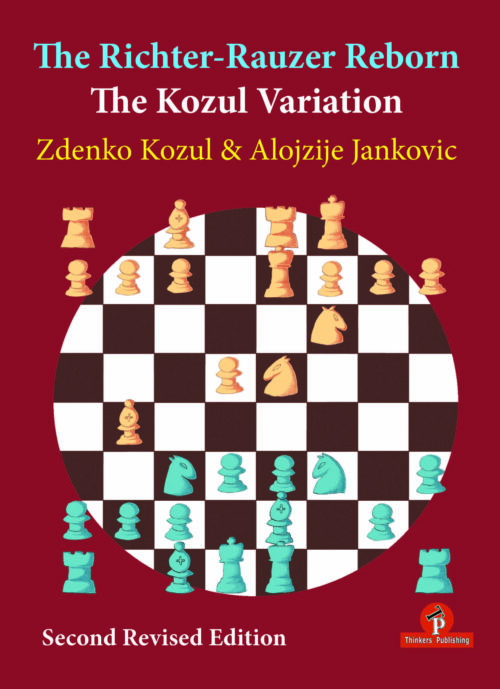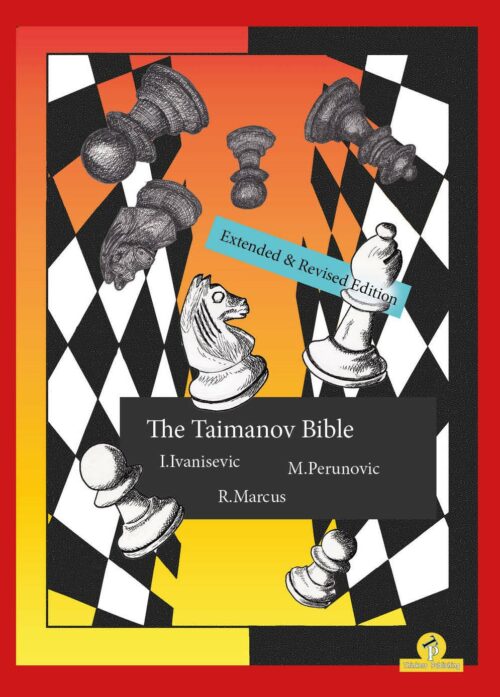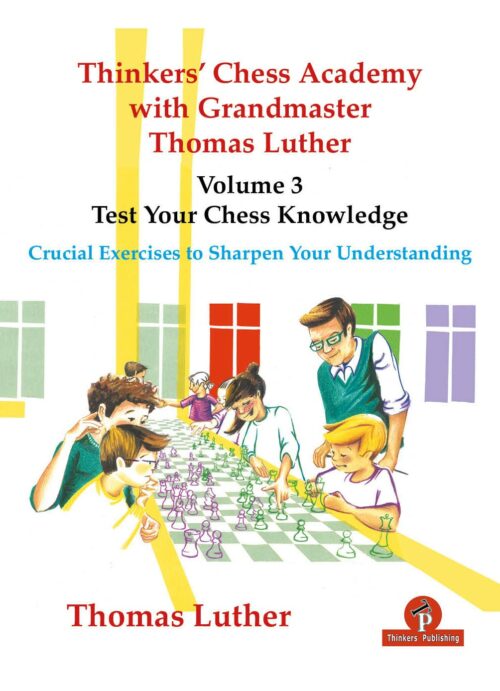-
Á útsölu!“Credit can mostly be given to Kasparov for reviving this old opening, but there are many others who have contributed to exploring new ideas and forging new paths. A lot of discoveries have been made by some young grandmasters who don’t shy away from analysing deep tactical solutions with the aid of the silicon beast.” ~ Milos Pavlovic
-
Á útsölu!
- The spirit of Indian Defenses is based on flexibility and harmony.
- Most of the lines are positional, not tactical in character.
- While playing Black, you have to accept that occasionally you will not equalize, or get surprised or out-prepared.
- Learning the material from this book should sharply limit the extent of such instances, thus improving your overall results.
- Finally, we have an important piece of advice: remember about color strategy!
- The Bogo-Indian is mainly based on dark-squared control, while the Nimzo-Indian does so on the light squares. In case you forget what to do, this may prove a very useful guideline when choosing a move.
-
Á útsölu!“A passed pawn must be blockaded, so as to have its power restrained as much as possible. The minor pieces (knight or bishop) are ideal for this purpose, as they can rarely be forced to retreat by enemy action. On the other hand, the major pieces (queen and rook) find it difficult to achieve a stable blockade as is easy to harass them, while one must also consider that, for such valuable pieces, dealing with a mere pawn cannot be an efficient form of employment. Taking the above into account, it becomes clear that the side with the passed pawn should seek to exchange minor pieces and retain the major ones; the opposite applies to the defending side.”
-
Á útsölu!n addition to the basic Taimanov ideas we had to keep, we followed – in an original manner – our two main concepts: ‘almost never play an early …d6’ (Scheveningen-style) and ‘push …h5 whenever you can’ (Paulsen-style). The latest fashion, which we have to mention, did not even exist when we started to write our book – the 7.Qf3 line. Readers will have the choice between the peaceful 7…Bd6, and 7…d6 where we head for a sharp Sicilian, true to its style. In the famous English attack with Be3 – Qd2 – 0-0-0, in addition to the well-known …Bb4 and …Ne5, our second proposal – of which we can safely state that we are most proud – is called the “Serbian variation” starting with …Bb4 and …0-0. About the specific move order in reaching our Paulsen-Taimanov variation, there are two possibilities. The first possibility is to start with 2… e6 and 4… Nc6, and the second one is revealed by 2…Nc6 with 4…Qc7. We decided on the move order 2…Nc6 and 4…Qc7 firstly because we all learned this way in the Paulsen-Taimanov variation, but also for practical reasons. Firstly, we avoid 5.Nb5, which results in typical Hedgehog set-ups, and these positions are not to everyone’s taste.
- Another reason is to keep in reserve the option of playing …e5 at once, or sometimes even …g6 without touching the e-pawn. This book is the result of twenty years of our work and playing the Taimanov combined. We have played over 500 games in this variation and we desired to show all the beauty and richness of “our” variation. We hope that our book will conjure all this and more, and will help our readers into the labyrinths of our Taimanov Bible.
-
Á útsölu!Not every reader is ambitious enough or has enough time to work very hard on his chess. That’s quite understandable and nothing to be ashamed of. You can enjoy chess very well without being a strong tournament player. You could just entertain yourself by playing through interesting combinations. In this case don’t try too hard to solve the Advanced Lessons or Master Class exercises. Have a look to make yourself familiar with the position, than look at the solution and enjoy the surprising combinations. You won’t learn as much as you would by racking your brain to crack the hard nuts. But some knowledge and experience will certainly rub off and increase your understanding of chess. I hope this book will help you to work towards your goals and let have you fun with chess, Thomas Luther, September 2022
skákbækurTómas Veigar Sigurðarson2023-06-12T16:33:59+00:00

